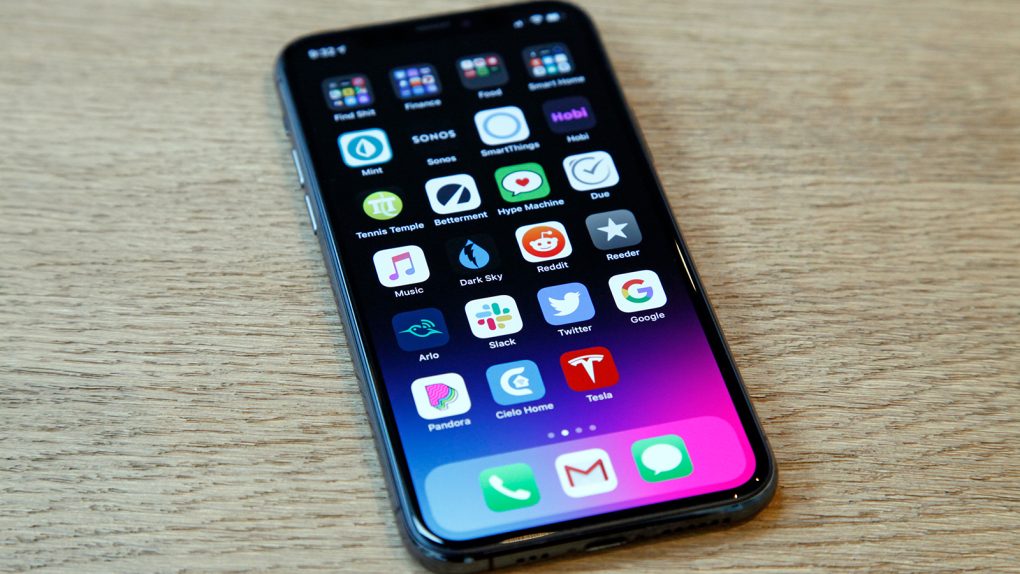It’s no secret that iPhone sales haven’t exactly been skyrocketing in recent years. While this isn’t to say that the sky is falling, there’s no denying that iPhone sales, at best, have remained somewhat stagnant over the past few years. This, though, shouldn’t be viewed as a black mark against Apple given that iPhone owners these days are holding onto their devices for longer periods of time than ever before. Further, we’re a few years removed from the era of generous carrier subsidies where consumers could get a next-gen device for free on a 2-year contract.
The impending launch of a 5G-enabled iPhone 12, however, may change all that. While it’s no secret that a 5G-enabled iPhone will likely spur an avalanche of upgrades, a source familiar with Apple’s production plans tells Bloomberg that Apple’s iPhone lineup in 2020 will be so compelling that iPhone sales will experience a significant boost.
Per the aforementioned source, Apple is expecting to “ship more than 200 million handsets in 2020 after introducing more than four new iPhone models, possibly including 4G and 5G models and a low-cost successor to the budget iPhone SE device.”
If Apple’s projection turns out to be accurate, it would represent as much as a 17% increase in annual sales relative to previous analyst expectations. And while 200 million in unit sales is a far cry from the record-setting 231 million iPhones Apple sold in 2015, it’s certainly a step in the right direction.
Looking ahead, Apple’s 2020 iPhone lineup will be its most varied to date. In addition to 5G-enabled iPhones on the high-end, word is that Apple will also be introducing a budget-friendly iPhone SE 2 as early as March of next year. And though 5G hasn’t exactly taken the world by storm just yet, carrier coverage by September of next year will presumably be sufficiently expansive as to compel folks happy with their existing devices to upgrade ahead of schedule.
As a quick aside, a report from earlier today relays that all of Apple’s 2020 iPhone models will feature Qualcomm’s most advanced 5G modem.
All that said, it’s worth reminding folks that specific iPhone unit sales will be something of a guessing game next year. Recall that Apple in late 2018 said that it would stop disclosing quarterly unit sales for the iPhone. Though Apple didn’t say it outright, it was clear that the company was none too pleased with analysts placing too much of an emphasis on quarterly iPhone sales while seemingly ignoring other metrics like higher ASPs and growth in other product areas.
Quarterly iPhone sales are “not necessarily representative of the underlying strength of our business,” Apple CFO Luca Maestri said at the time. “A unit of sale is less relevant for us today than it was in the past, given our breadth of our portfolio and the wider sales price dispersion within any given product line.”
Predictably, Apple’s decision to keep iPhone unit sales to itself was viewed as a sign of weakness. Many analysts at the time were quick to argue that Apple was getting tired of releasing earnings reports with less than impressive iPhone sales figures. That notwithstanding, we’ll be able to get a sense of iPhone sales by taking a look at how iPhone revenue performs from quarter to quarter.








